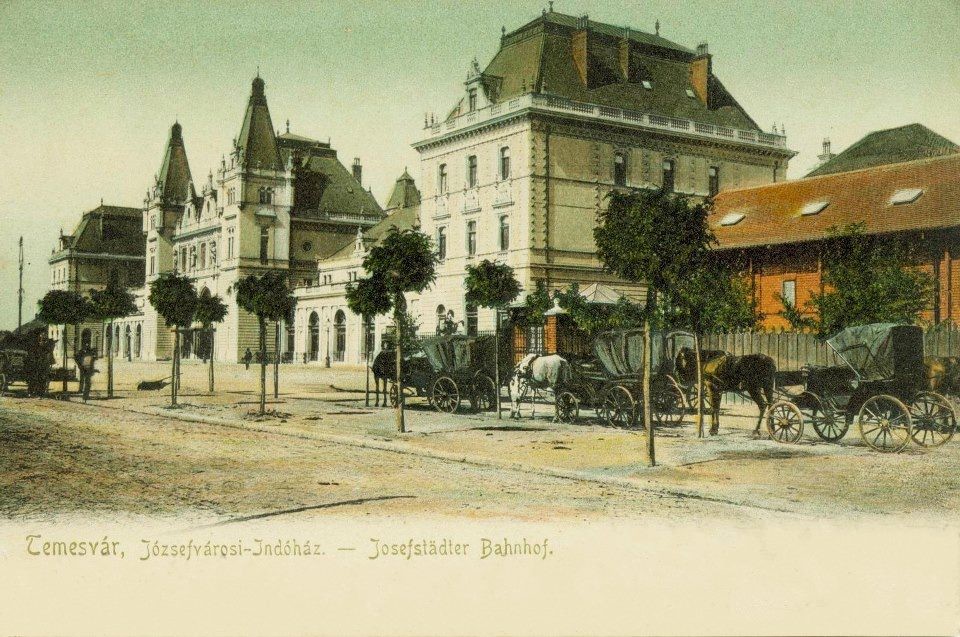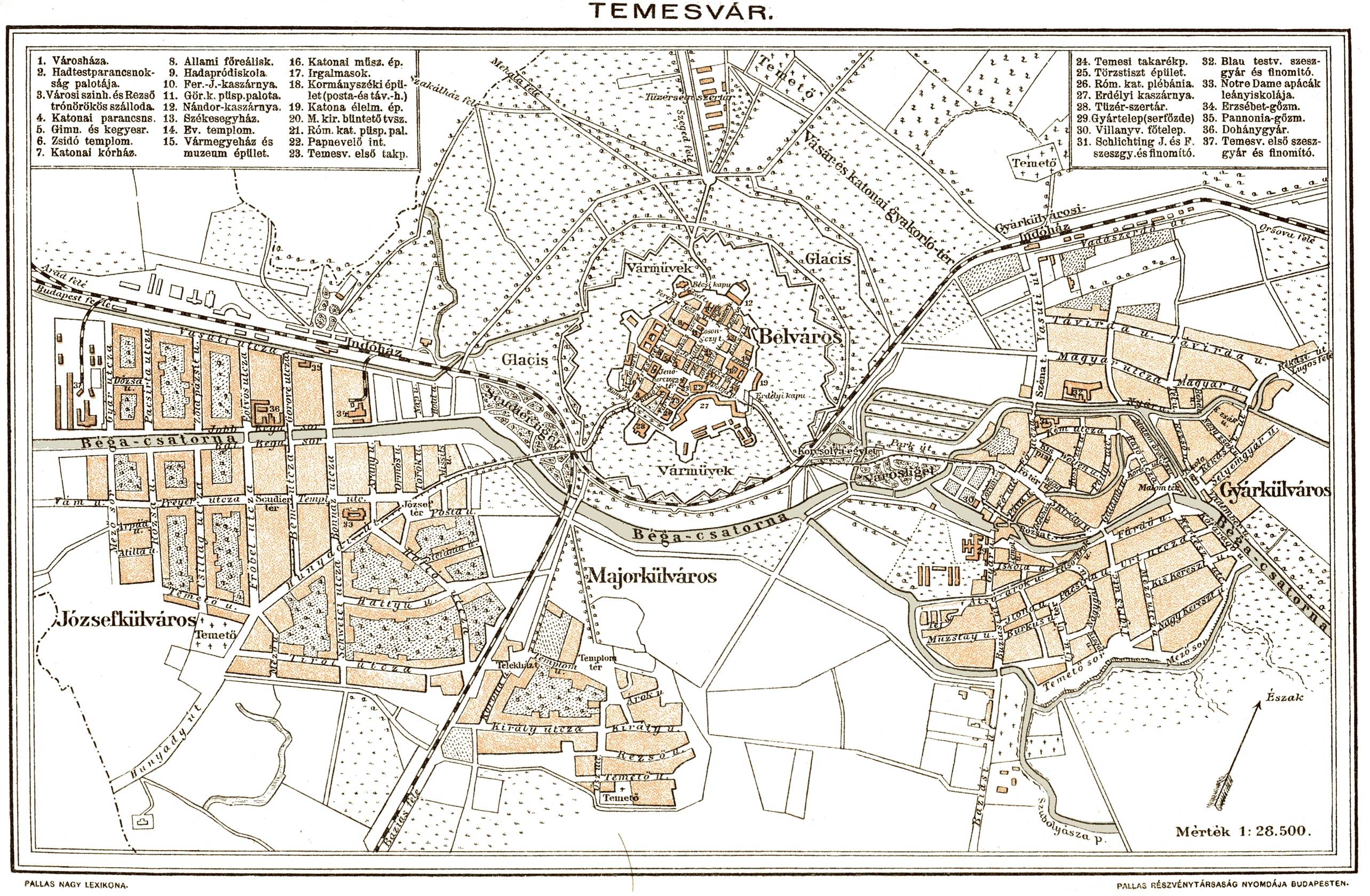
Iosefin
On the west and south west side of the fortress no one lived until the eighteenth century. In 1744, the foundations of the Iosefin district appear on the urban maps. Built for the German colonists, the district, originally called the German Suburb or the New German Masters (the original term "Maier", plural "Maiere" comes from German and means roughly "courtyard rented together with the related constructions"), receives in 1773 the name Iosefin, in honor of Emperor Joseph II, the son of Maria Theresa.
At first Iosefin had a rural character, with isolated houses, similar to the Schwabian villages in Banat plains. The houses were set on the site perpendicular relating to the street, had only one level and, for the most part, had the smaller facade (the one facing the street) decorated with a fronton (tympanum). The individual sites in Iosefin were very large and long, some reaching over 4300 sqm, and were used for agriculture, especially for vegetable crops.
The rural character of the district is maintained until 1857, when Timisoara is connected to the Central European railway system. At that time, in the northern part of Iosefin, is built the first railway station of the city (west of the current Railway Station site). Iosefin developed in the second half of the nineteenth and early twentieth centuries, both in terms of surface area and density, when the first multi-story buildings appeared.
 Map of Timisoara in 1890. Source photo: wikipedia.org
Map of Timisoara in 1890. Source photo: wikipedia.org
Apart from the building of the Catholic Church of St. Mary (intersection of Boulevard King Carol I with Dragalina Boulevard), which was built between 1774-1775, all the current buildings in Iosefin were built after 1868, with most of them built around the year 1900. In this area there are numerous buildings in the historically eclectic style specific to the second half of the nineteenth century, as well as some valuable architectural ensembles of the 1900 style with its specific derivations - Art Nouveau, Jugendstil or Secession.
Source:
- The History of Architecture in Timisoara, Mihai Opriş and Mihai Botescu; pages 232-234